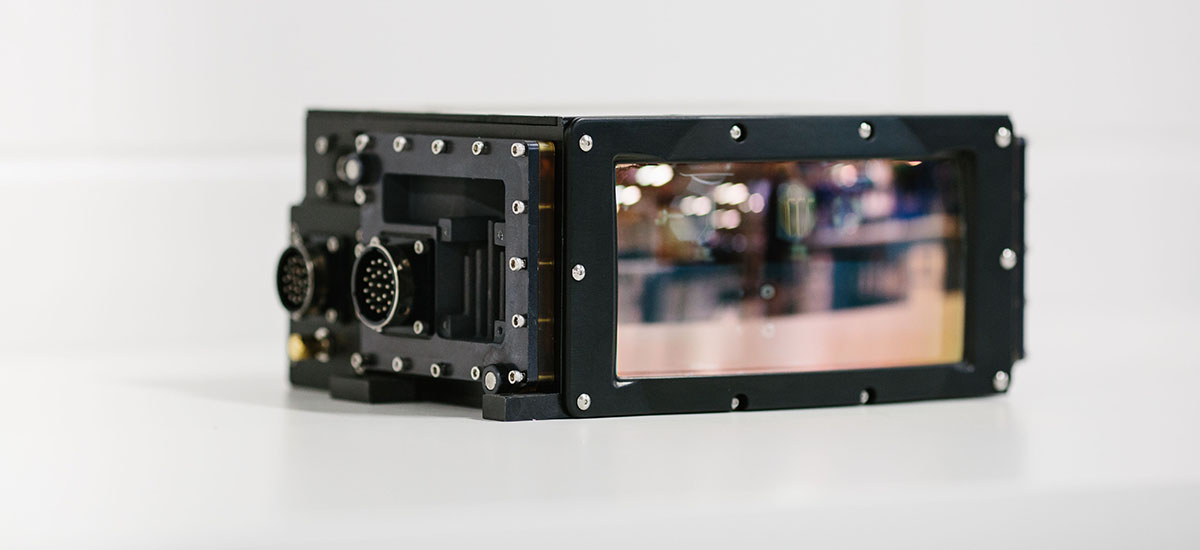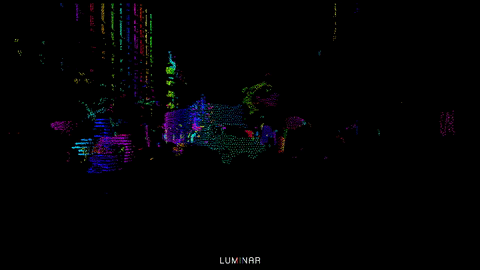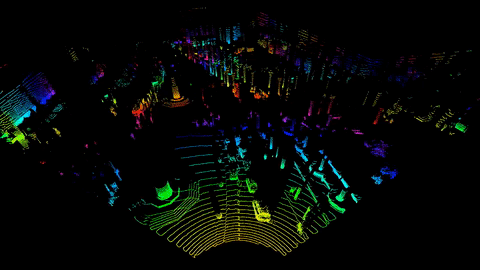
 Your Credit Estimate
Your Credit Estimate
 Your Credit
Your Credit
Your zip code helps us provide you with the most accurate vehicle pricing and vehicle availability.
We estimate your credit score to give you an idea of your monthly payments. To get an accurate payment amount, complete our credit application by clicking the Start Credit Application button below.
start credit application
What if the cars of today had human eyes? Think of all they could see, recognize, observe, and then analyze if hooked up to a computer. Then imagine that car on a psychedelic adventure, and you’ll get an idea of the Lidar system currently being developed at Luminar. Austin Russell, founder of Luminar, has been working on this technology for the past five years in secret until his company received $36 million in venture capital funding this past April, 2017 and was picked up by the Toyota Research Institute (TRI).
What is a Lidar?
“Lidar” is short for “Light Detection and Ranging,” or a laser range-finding system that maps out an entities surroundings with multiple lasers. Think of the bucket seen on the roof of Google Waymo self-driving cars. Although Google may have tweaked their systems for their efforts and objectives, common Lidar systems are spinning buckets that fire 64 lasers simultaneously that are connected to sensors that relay information from every surface a laser lands on. That data is then sent back to a computer to process and build a wireframe map of the world. The main problem is, those Lidar systems, although impressive, don’t provide the whole picture.
Austin Russell’s (currently un-named project) version of the Lidar system does so much more.
Luminar Project
Let’s call it the “Luminar Project” since the system currently has no official name, aside from the company name, “Luminar.” Luminar is an optics and laser radar systems facility that is currently testing - not just developing - their own Lidar system. Box shaped and the size of the first CD players (about 17” by 17”), the Luminar Project has an all-glass front and contains a single laser. That laser is then refracted multiple times to provide the same basic mapping structure as the traditional Lidar system we have today.
However, this system is claimed to be 40 times more powerful and has 50 times more resolution than traditional systems and can recognize a dark or non-reflective object on the road 656 ft away. Without writing out a narrative math problem, that gives the self-driving car it’s connected to roughly seven seconds to react when going 75 mph on the freeway. Has it clicked? This technology is going to revolutionize autonomous cars as we know them.

Just look at this picture! Look at the detail. This is what the Luminar Project sees. For anyone who ever played Mario Kart 64, you may relate this to the friendship-killing Rainbow Road. The different colors represent how close an object is to the car. The darker the image, the closer its proximity - much like how thermal vision (or infrared vision) measures levels of heat along the infrared spectrum of light.
Not only this, but the Luminar Project can change its vantage point, able to see objects far ahead and directly in front of it. The Luminar Project’s laser is refracted and emitted at so many angles that it can actually create bird’s eye views of the car and the world that surrounds it (seen below). Now that the Toyota Research Institute (TRI), the division of Toyota that deals with robots and self-driving cars, has picked up the Luminar Project for testing in its new autonomous vehicles (September 2017), Luminar may one day be the core of self-driving cars in the very near future.

What do you think of Luminar and the technology they’re developing? Let’s talk about this autonomous car technology on social media.